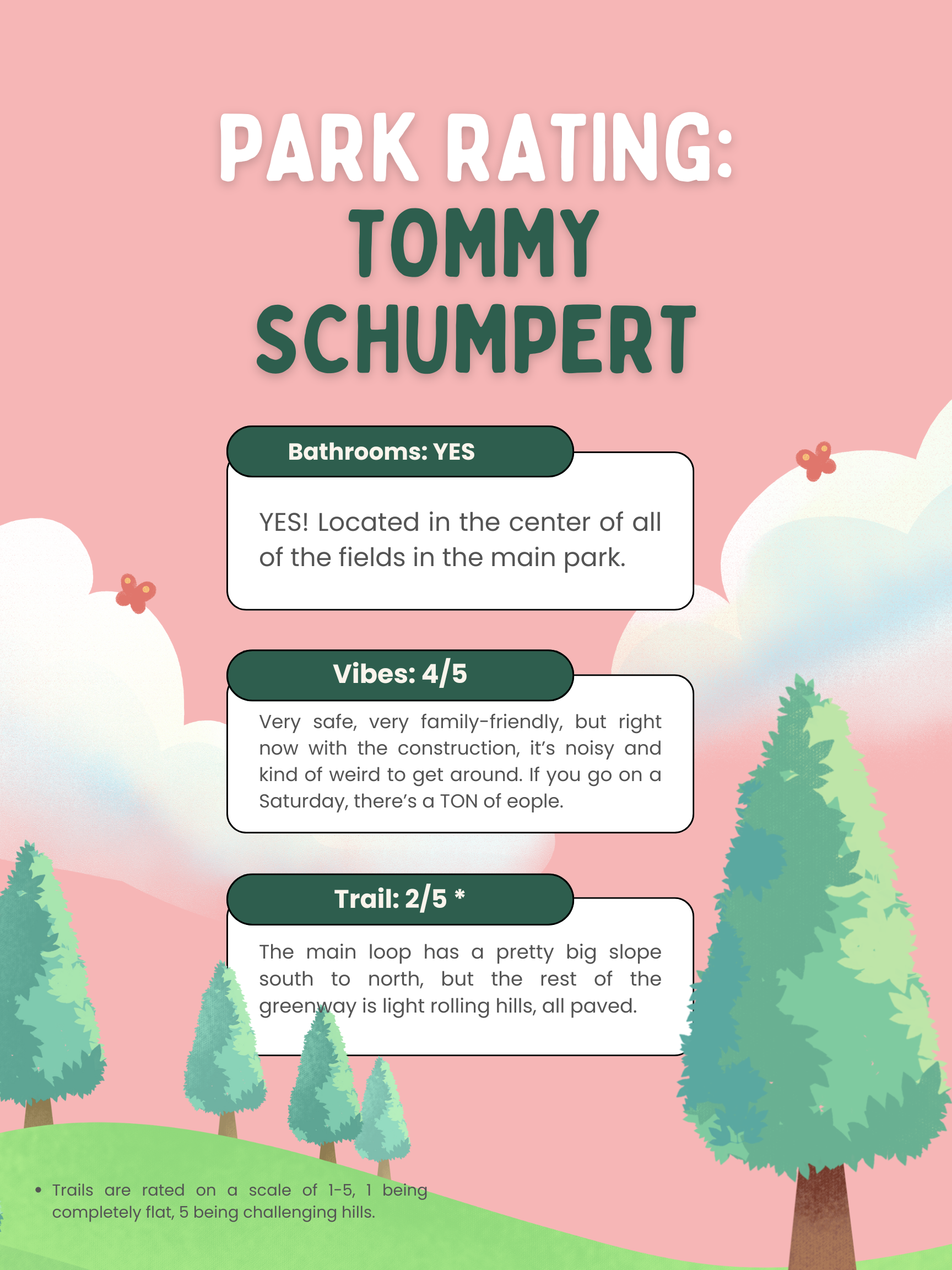Your cart is currently empty!



In a society that glorifies stagnation, stand out. Do hard things.
As more and more of the world’s jobs are available online or at a desk, a large portion of the country has adopted a sedentary lifestyle, leading to rises in heart disease, diabetes, and a whole slew of other maladies. Of the entire population of the United States, only about 15% participates in regular running or jogging. Over the entire globe, that drops to 6% (Running with Grit). It’s not a normalized activity, and your friends might look at you funny for adopting the habit.
As I will continually mention, fitness is hard, and it relies on the never-ending decision to do harder, scarier things. For me, running a half marathon was scarier and harder than any distance I’ve ran before.

Pushing myself to run further and faster than I ever have before and hitting a wall like I never have before, that race taught me some wonderful lessons.
Here are the three big takeaways from this race:
- Fuel, Fuel, Fuel: Carbs are queen, and if your body doesn’t have them…well, you’ll know.
- Pacing: Pick your pace conservatively to avoid running out of the gate too quick.
- Running is Rewarding: For such a simple sport, running and racing is the hardest thing I have ever done, but it’s so worth it.
Fuel, Fuel, Fuel
Your body runs on carbs during these races—that’s why you see professional marathoners slurping those gel packs throughout their runs! Most bodies don’t have the capacity to store enough fuel for more than about an hour of exercise, so you have to supplement, or you’ll run out of energy.
This is where my race really went downhill. I was absolutely cruising until about mile 8.5, and then BAM. The dreaded wall that runners talk about. It felt like my legs weighed about a thousand pounds each. My lungs weren’t big enough to take in enough air. My heart rate skyrocketed, and I had to slow down to a slower pace. This was the point in the race where I had to drop back from my pacer and the pack of people I had been running with thus far. I lost my community and my buddies to push me, but I also lost my energy stores.
Looking back, I was having so much fun trotting along and chatting with our pacer that I didn’t realize how long had passed without me taking my gummies or drinking much water. It was just a fun little run! If I had been on top of taking in a hundred calories or so every half hour and sipping my water, I probably could have continued with my group longer. And on top of that, I battled that deficit in fuel until the end of the race—once I used up all my stores, I had a really hard time getting them back. It was almost as if I couldn’t keep up with how thirsty my body was.
Pacing
Ideally, you begin a race slower than your average pace. For example, if your ideal pace is a 10 min mile, you might run the first half of the race at a 10:30 or more toward 11 minute mile to conserve some energy. This allows you to pick it up a bit later in the race and even out your average pace.
That’s not what I did.
I had every intent of starting slowly an doing exactly as I described, but I got too excited. I fell into a pace that was slightly faster than my regular race pace and it happened to be with a little group that was fun to chat with. All to my detriment, unfortunately. This too-fast pace compounded with the wall I described hitting in the paragraphs above, and I faltered.
Running is Rewarding
This goes back to the “do hard things” conversation. Was running 13.1 miles easy? Absolutely not. But am I a better athlete because of it? Did I learn something? OH YEAH.
The first time I ran 10 miles, I thought I was going to die. My knees ached for weeks. My upper back hurt from poor posture during the run. My core and ribs hurt from the exertion of breathing so hard and for so long. But after that, I knew what to expect, and it made the next time so much easier. I learned to bring more water, more snacks. And every time I run further or feel better at a distance, I know I’ve improved, and that is so rewarding.
Running is simple: left foot, right foot, repeat for miles. But it is not easy. It takes grit, determination, and lots of stamina to continue going even when it gets hard. Even after it gets hard, when you think you can’t go another step, we keep going. Even after the race is over, we’ll keep going. Every finish line is just a new starting line.
Whether it is your first marathon, 5k, or you’re just now thinking “I wonder if I could run a mile,” you got this. Make sure you’re fueled up, hydrated, and then hit the pavement. Keep doing hard things.
If you want to run but don’t know where to start, or you’re interested in improving your times, or if you’re just crazy like me and enjoy running, shoot me a message—I’d love to work with you!
—Coach B



